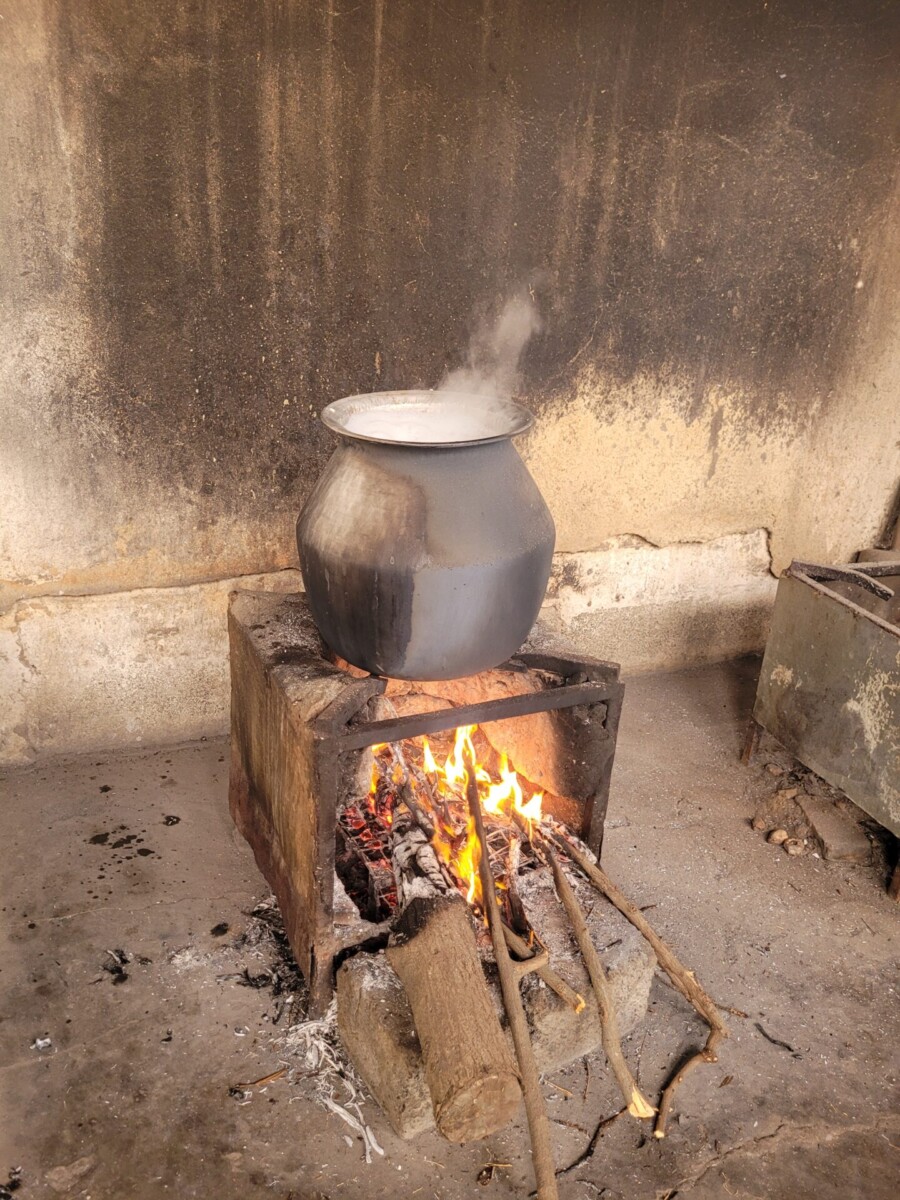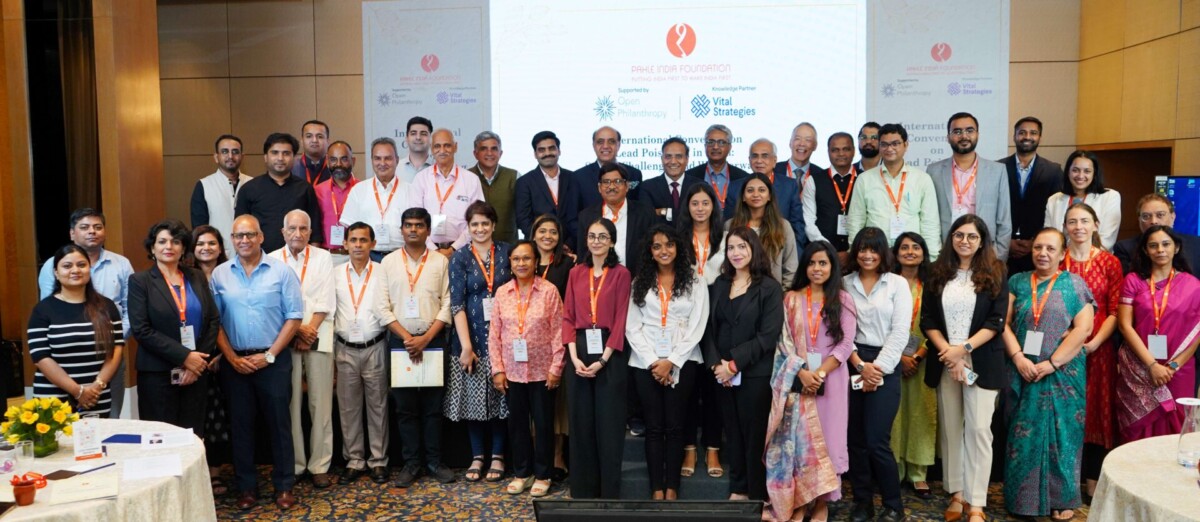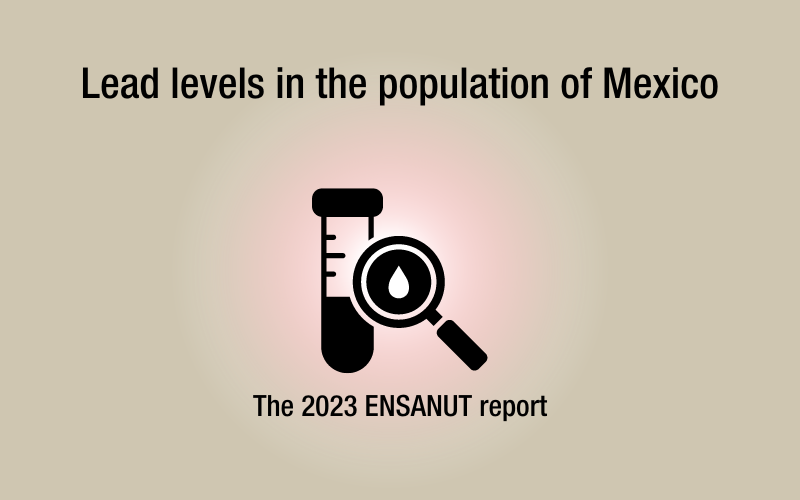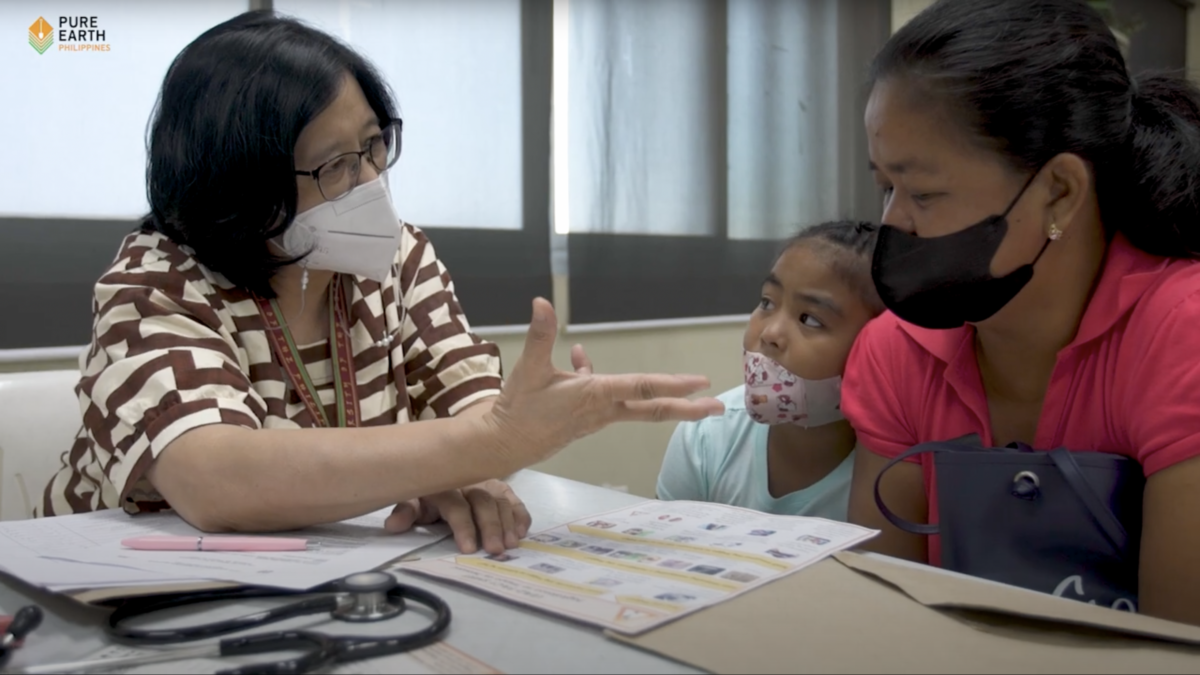
Pic 1: Shelves with metal cookware in Chennai, Tamil Nadu market
Lead contamination in consumer products is a serious health risk, particularly in low- and middle-income countries (LMICs), where it often goes unnoticed. A recent Pure Earth study, which conducted “Rapid Market Screening” in 25 LMICs, revealed alarming lead levels in metal food ware. In India, 51% of tested items exceeded the recommended safety limits, with 57% of these being made from aluminum or aluminum alloys. The issue was especially concerning in Tamil Nadu, where 70% of samples exceeded the 100 ppm lead concentration threshold, highlighting the urgent need for stricter safety regulations to protect public health.
Fieldwork across educational institutions: A Ground-Level Reality
Between April and June 2024, Pure Earth, in collaboration with local authorities and private educational institutions, launched a pilot study in Tamil Nadu to assess lead contamination in metal cookware used for school meals. Testing 58 cookware items from 10 schools across six districts, including Thiruvallur, Thoothukudi, Tenkasi, Virudhunagar , Thanjavur, and Kanyakumari the study used portable X-ray fluorescence (XRF) technology to measure contamination levels.
In each of these schools, metal cookware was widely used for preparing meals. Given that lead exposure is known to hinder brain development, growth, and behavior, the health risks posed to students, particularly in these rural & urban schools, cannot be overstated. Lead poisoning has long-term repercussions: lower IQ, attention deficits, and decreased academic performance, which could deepen the educational achievement gap in vulnerable communities.

Pic 2: Metal Pot Cooking Over Fire
Key Findings: A Pervasive Concern
During our visits, we surveyed institutions, collected cookware samples, and spoke with administrators who were largely unaware of the risks of lead-contaminated cookware, often used at home too. At one institution in Virudhunagar, worn aluminum pots had been in use for years, likely leaching lead into meals. The discovery led to urgent discussions on safer alternatives to protect students.
Among the 58 cookware items tested, 51.7% were ‘dhabara’ vessels—wide, open containers commonly used in educational institutions for cooking large quantities of rice and curry. Pots constituted 20% of the samples. The average lead concentration across all cookware was 1,604 ppm, with 98% of items exceeding the 500 ppm reference value, highlighting a significant health concern. While cooked food samples did not show detectable lead levels, the presence of lead in the cookware warrants attention.

Pic 3: Tamil Nadu Program Manager testing cookware with XRF device
Steps Toward Risk Mitigation
Lead-contaminated aluminum cookware was replaced with SS304 grade stainless steel, recognized for its versatility. To raise awareness, brochures about Pure Earth and its initiatives to mitigate lead poisoning risks were distributed to institutional authorities and staff. Additionally, some institutions received further support in enhancing their overall environment and safety for students.

Pic 4: Lead-free cookware donated to schools to eliminate potential exposure to lead
The Road Ahead
The field visit to educational institutions in Tamil Nadu was enlightening. It revealed the pervasive issue of lead contamination in everyday cookware and emphasized the urgent need for regulations to ensure cookware quality. Addressing this challenge requires government regulations, policy interventions, and awareness campaigns targeting schools and parents. As we conclude this visit, the data and stories gathered serve as a stark reminder of the hidden dangers around us. It’s crucial for all stakeholders—government officials, health experts, and communities—to unite and take immediate action to safeguard future generations from the silent menace of lead contamination.





